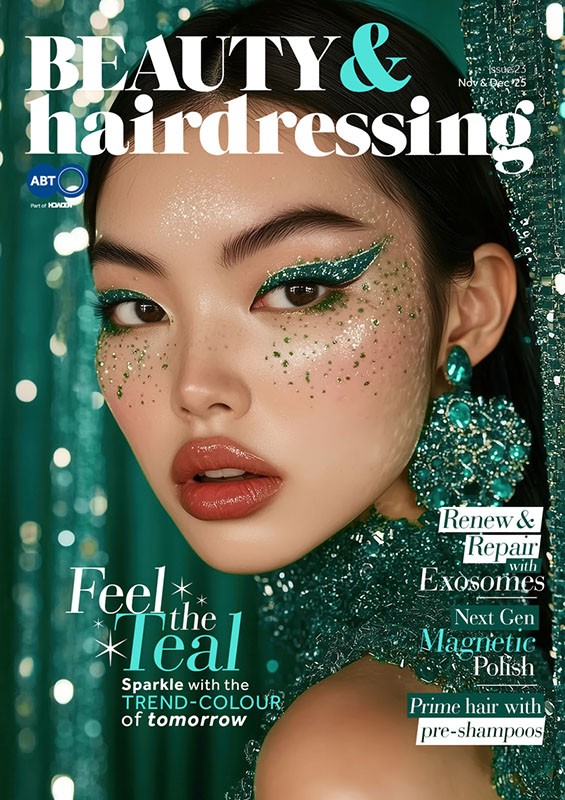Data & Strategy go hand in hand for beauty brand marketing
Data is insane nowadays, and if you’re in the beauty business, you better pay attention to it, says Janil Jean.
 Take a look at these numbers. According to
Statistica, worldwide cosmetic industry has grown by 5% during the period 2004 to 2017.
Take a look at these numbers. According to
Statistica, worldwide cosmetic industry has grown by 5% during the period 2004 to 2017. Geographically, Asia and North America own up to 60% of the global market share while skincare make up for 37% of the global cosmetic market. Now if these figures don't turn heads then I don't know what will.
To be able to sustain your beauty business, whether in Ireland or America, you need to use data wisely in your marketing strategies. Here's why.
Data is Big
There is no doubt that the world is thriving on big data, and the beauty industry is no different. Data like the above offers you a macro overview of which niche you should focus your business on, and which market to explore. It also helps you understand who your potential target audience is going to be, and where they can be found.
Yet, most business owners forget this powerful tool they have at their disposal. In 2019 you can't afford to do that. Forbes predicts 2019 will be the year of technologies making big waves in data applications. You don't want your business to be squashed by giant corporations like MAC, L'Oreal, Estee Lauder or cheap copycat companies earning big bucks, who can afford all that. Instead, you need to gear up and use the same data to come up with a solid marketing plan.
Brand with a plan
Before you even think of building your brand you need to have a marketing plan in place. Planning starts with research, goal setting and gathering resources.
Market research using big data relevant to your industry is the first step. Establish which market to target, the type of niche, and create a customer profile. Identify their needs as well as competitors who are already serving them.
For example, did you know that the non-western beauty culture is growing and quickly shifting the market share from the West to the East? This means understanding the differences in culture, attitude, economics as well as marketability of your beauty products or services is critical.
Or, did you know that Millennials are particular about brand loyalty but this sentiment is different across the world (see the chart below)?
 Source: Statistica
Source: Statistica
Once you're done with the preliminary marketing plan, then comes building your brand.
If you already have one then it's time to take another look and see where it's lacking. If you don't have a brand identity then build it from scratch. Regardless of your situation, building a brand requires the following:
An attractive logo design: Make sure you get an attractive and memorable beauty logo designed that would match your specialty service or products. What you are looking for is a visual brand identity that clearly communicates your brand message.
Branding your shop: Unlike mega corporations, branding your beauty shop should not be about how much you're spending but how well you're targeting your prospective customers. Study colours, customer perceptions in your industry, do split tests etc. and then settle on branding styles that are well received. Again, true and reliable data is critical for this.
Personalisation in customer service: It's all about customer service in 2019 whether you're online or offline. Your best chance to survive in the competitive beauty market is to personalise your delivery process from appointment taking to your staff's greetings at the shop.
Speaking of personalization, I can't help but throw in a word of advice on personal branding. A personal brand has a deeper impact nowadays according to Christopher Connor. He is of the view that, “The world doesn't need duplicates - it needs innovators.” So while you're at it, make sure that your marketing strategy capitalizes on the “personal” element.
Not comfortable with being out there and speaking about your product or service? Get a brand ambassador to do the job for you. It'll be a bit expensive but you'll reap more returns in the long run. Besides, they'll do all the “data” crunching for you!
Over to you.
Have you used data in your marketing strategy? How has it proved to be effective? Let us know!
Janil Jean is a top management executive at
LogoDesign.net. She oversees digital marketing, operations as well as graphic designers. Connect with her via
Twitter or
LinkedIn for any branding and design related queries.

-13367.png)






